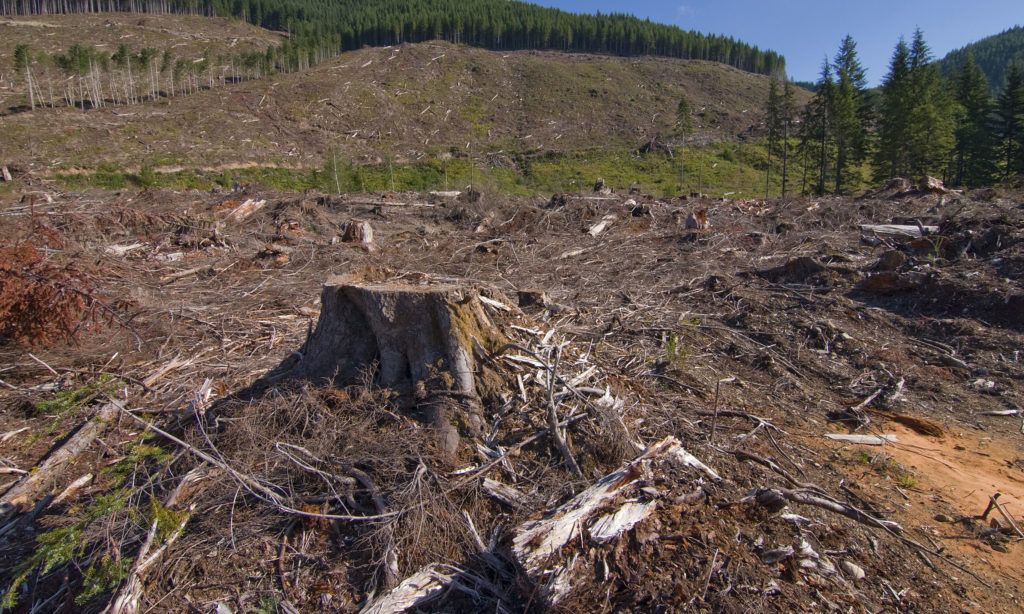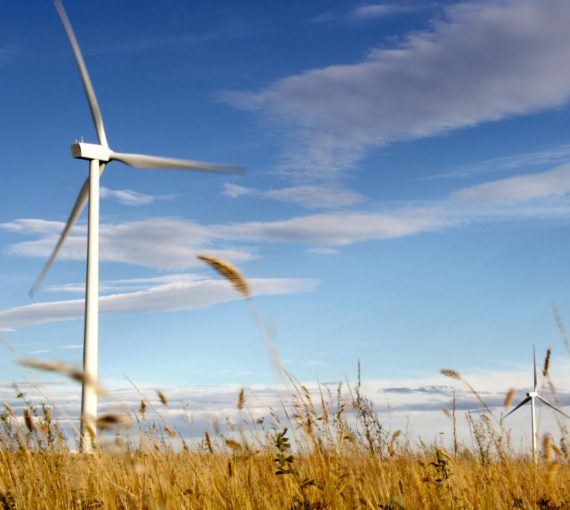
In May 2019, the Blueberry River First Nations court case against the province began: the case focuses on the fact that the cumulative impact of industrial activities has significantly impacted the lands and wildlife within Blueberry’s traditional territory and, accordingly, their treaty rights.
I once had a professor, Ray Rogers, who spoke of a “double disappearance”: an instance wherein not only does something disappear, but our memory of it also disappears. As a result, we no longer mourn its absence. For example, we generally don’t mourn the fact that we can’t drink directly out of the rivers and creeks that flow through our cities and towns, though perhaps our grandparents might. In most instances, the present-day landscape completely swallows the historical one. One can only use one’s imagination to sense, in a city’s downtown, the forests, fields and river tributaries that were once etched into the land where buildings stand today.
In Bamfield, on the west coast of Vancouver Island, there’s a forest where this isn’t the case. Called the “ghost forest,” it’s a second-growth forest that is punctuated throughout with stumps of what used to be giant old-growth trees. The stumps give the forest kind of a haunted feel. You can physically see what used to be there (and that it must have been far more magnificent than the tidy, thin forest now in its place).
My experience in the ghost forest is the opposite of how I feel in a “forest” called Cathedral Grove, outside of Port Alberni. Cathedral Grove is a pocket of old growth that the forestry industry left standing to commemorate the forests that once blanketed the island but were logged. It is merely a stand of lonely-seeming trees, often flocked by tourists. No owls nest in its branches, no bears den in its roots. It is bereft of the teeming ecosystem of which, long ago, it was a part.

An industrial flare.
The Peace River Valley in British Columbia walks kind of a middle ground. Its landscape has not been converted to asphalt and concrete, nor is it home to giant stumps. However, the forests there also seem haunted. A heavy sense of loss hangs over them. On peering into them, one sees not glimpses of darting wildlife but, rather, pumpjacks, industrial flares, sour gas signposts and seismic lines.
What is most striking is the sense of what is not there. Although there are still occasional sightings of moose or deer, much of the wildlife that was once abundant in the region has disappeared.
As Giltrow explains:
Wildlife is not returning to the areas where they could formerly reliably be found. The traditional territory was once very good and reliable habitat for moose, caribou, elk, bison, deer, sheep, goats, marten, fisher, porcupine and beaver, and other fur-bearing animals, but some of these animals have become scarce in recent years or can no longer be found in the territory, and even the animals that can be found are unhealthy and feared to be contaminated by the Industrial Developments.
I was fortunate enough to be taken around Blueberry First Nations’ traditional territory by the then-lands manager, Norma Pyle. She pointed out to me areas that used to be favourite blueberry-picking sites but now housed the infrastructure of oil and gas machinery. Areas that caribou once used as calving grounds had since had been clear-cut by industrial logging.
Wildlife disappearance has a cascading effect: when wildlife disappear, so too does the cultural knowledge transmitted from generation to generation within traditional hunting grounds.
As Giltrow, said:
Members still go out on the land, and try to carry out the practices that they have before, but it is becoming more and more difficult as the lands and waters that their families have relied upon for generations are being transformed by the Industrial Developments so that that they no longer support their traditional way of life. When these sites go “dark” or are so spoiled they become effectively lost to the members, they lose a part of their culture because the knowledge associated with those sites can no longer be maintained and passed on to the next generation.
Also invisible in Blueberry’s territory is depletion of water tables and contamination of watersheds caused by fracking. As Giltrow noted:

A suspended oil well.
In 2008, Progress Energy, one of the biggest landowners in the Montney gas play, fractured 1400 new wells. The number of new wells fluctuates according to the company’s economics, but as of 2016, they were still one of the most active drillers in British Columbia. In the Montney Basin, they used 10,000 to 30,000 cubic metres of water (m3) per well.
Ultimately, now, when elders take youth out onto the land, their stories are often descriptions of what is no longer there:
Members still try to take youth in the community out on the land to show them the places they used to rely on and to tell them the stories of what used to be. They also show them the places that have been destroyed by the Industrial Developments.
This is what Blueberry is fighting against. They do not want the forests in their territories to become museums, nor they themselves. In the words of Giltrow:
The Plaintiffs alive today are not merely conduits by which rarified and formal elements of culture and knowledge are to be preserved like rooms in a museum. They want to live as who they are — Dane Zaa people in a modern world, who have always been deeply attached to the land and the animals upon which their mode of life and their “ability to hunt, trap and fish throughout the tracts surrendered” — “their usual vocations” — depends.
This is the third article in a five part series on the legal challenge by Blueberry River First Nations against the Province of B.C. over treaty rights infringement.
Our work
Always grounded in sound evidence, the David Suzuki Foundation empowers people to take action in their communities on the environmental challenges we collectively face.



